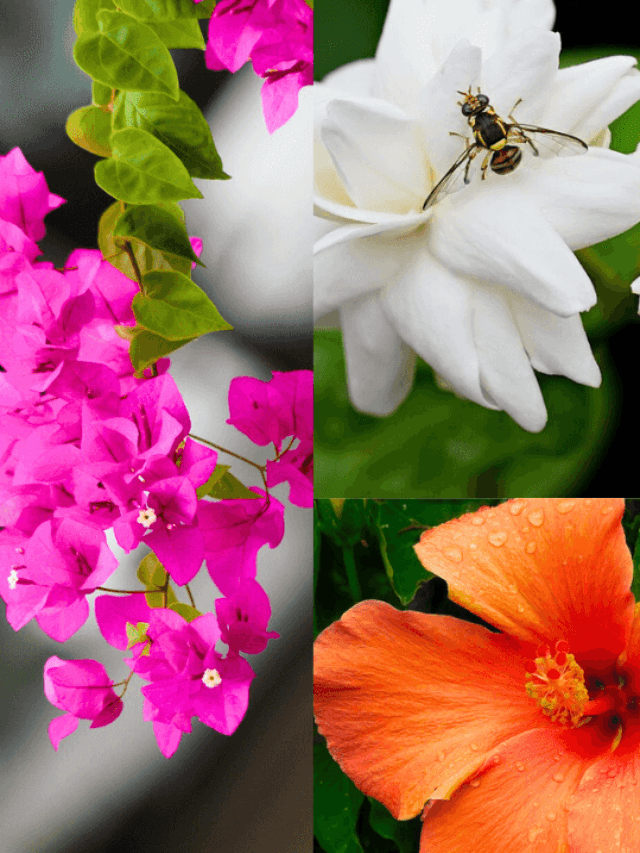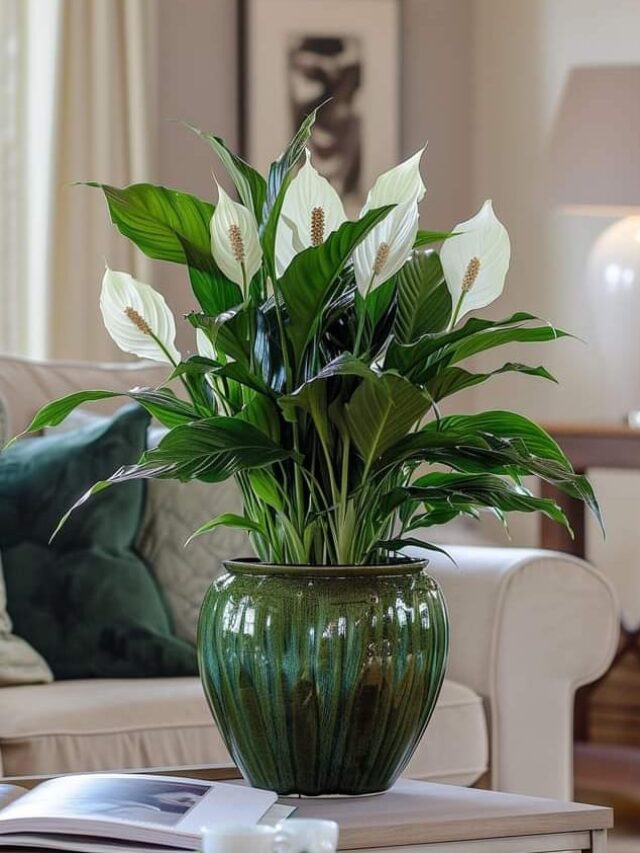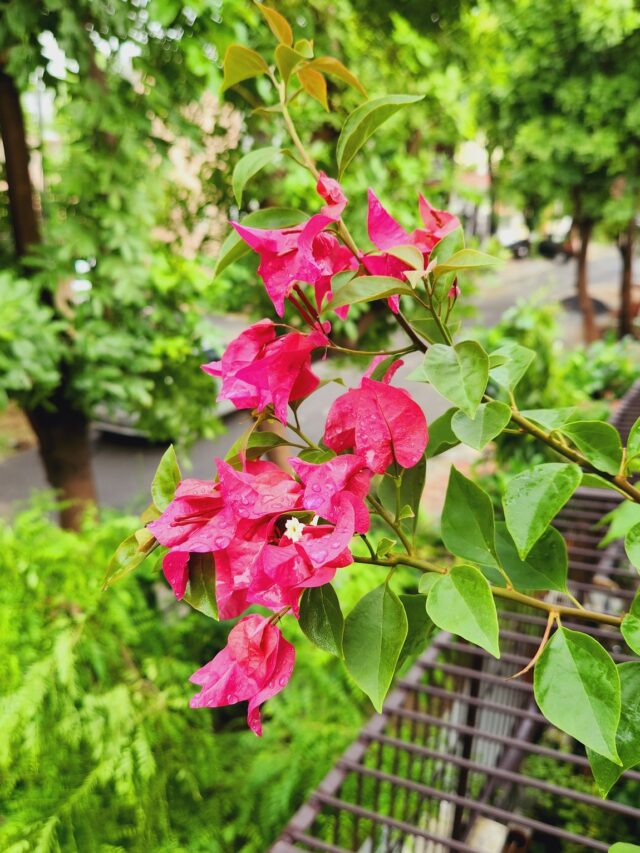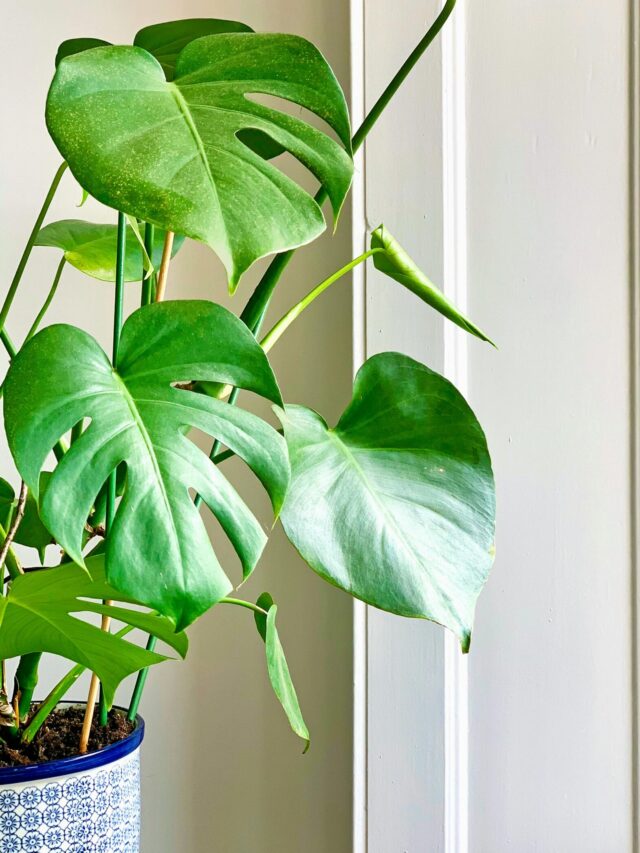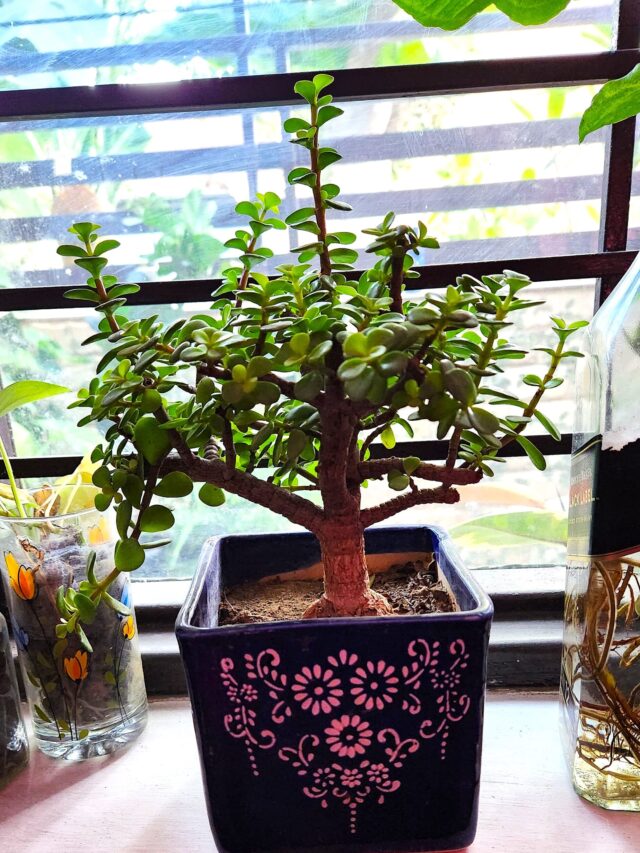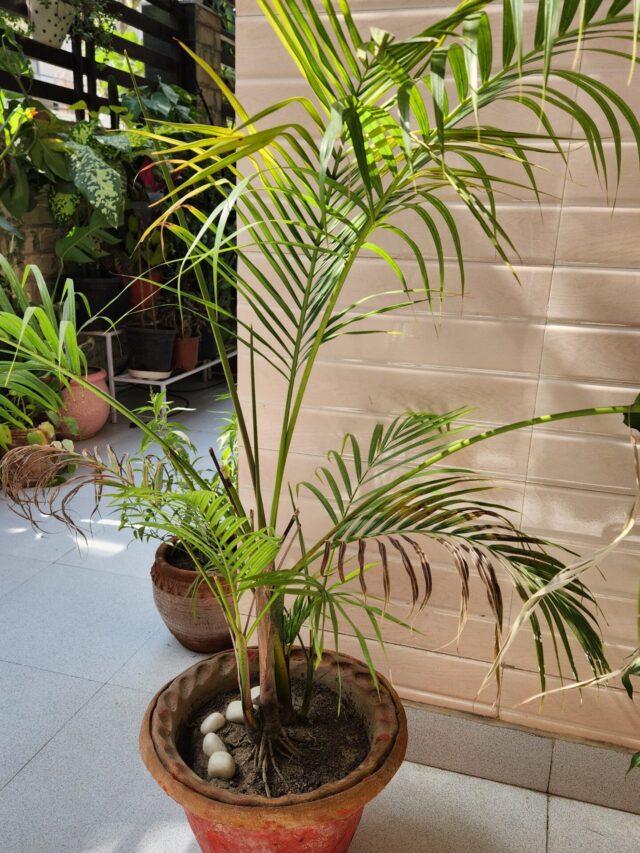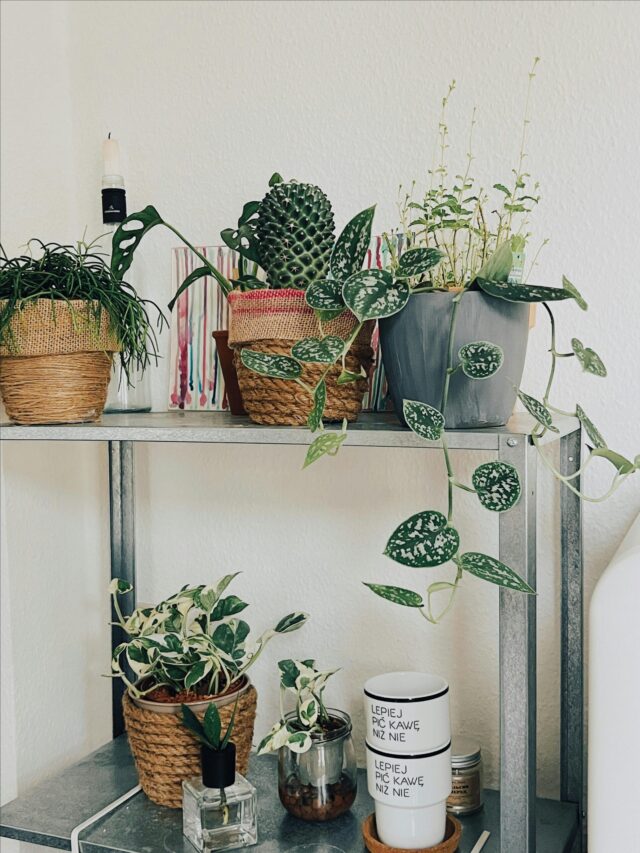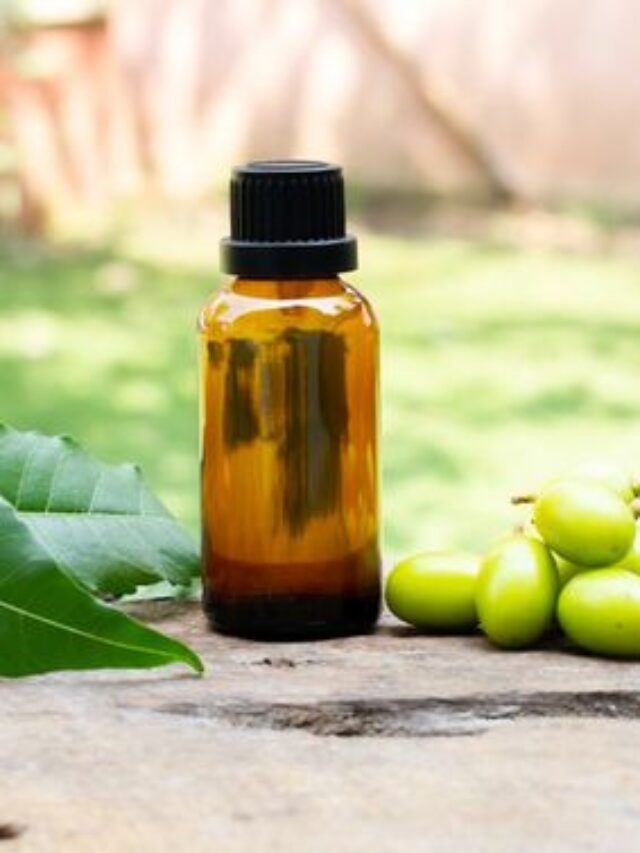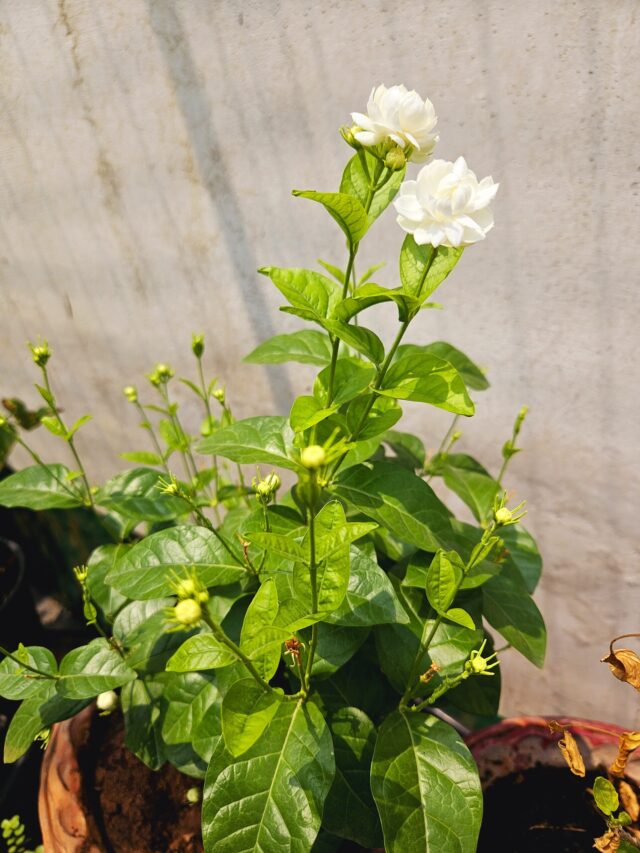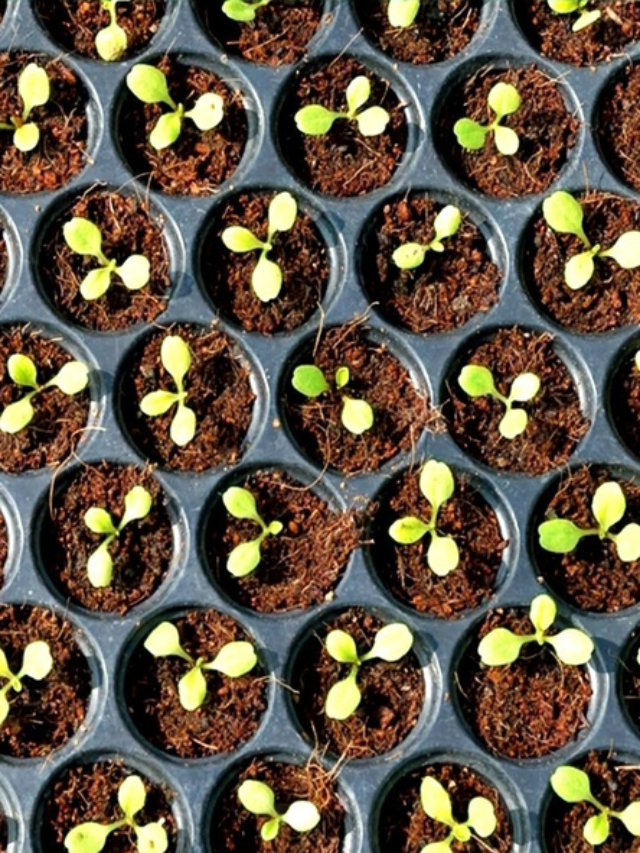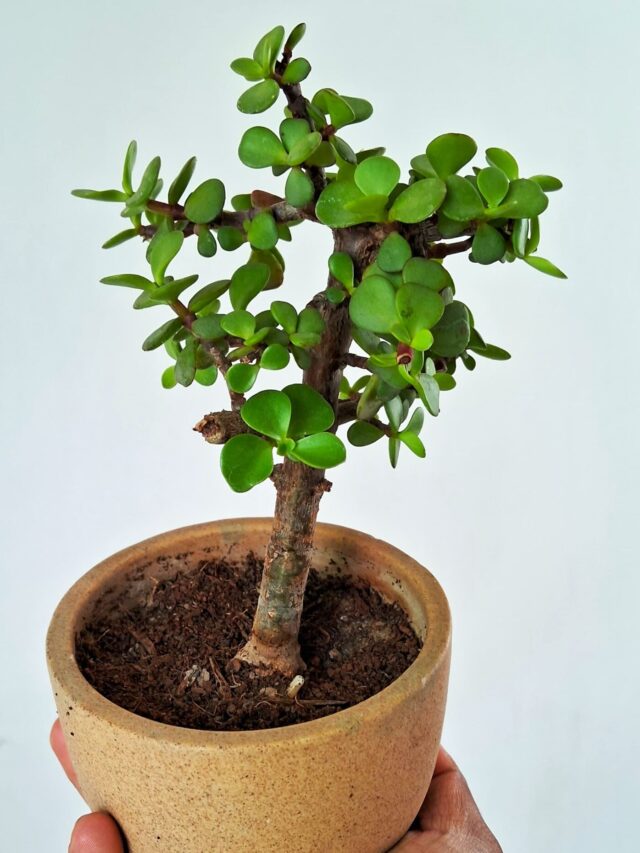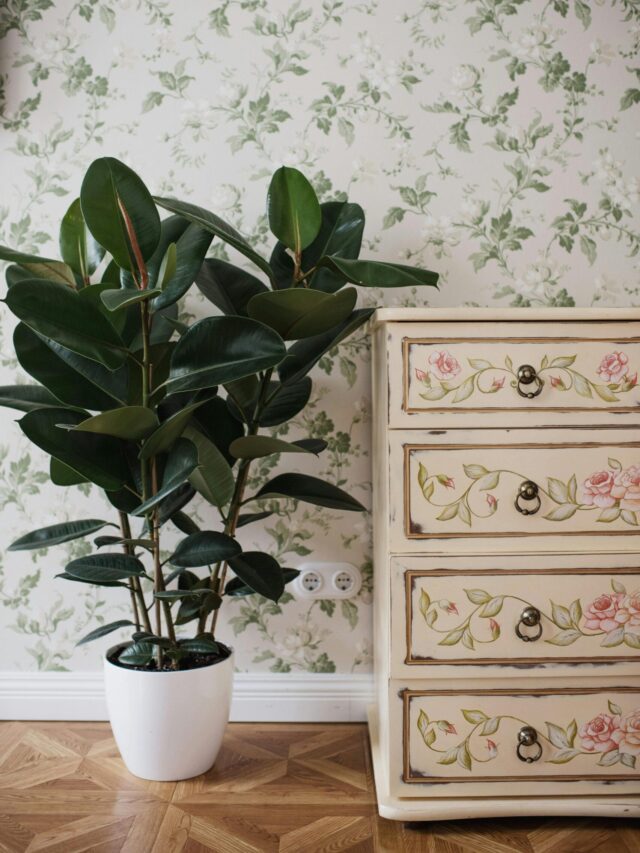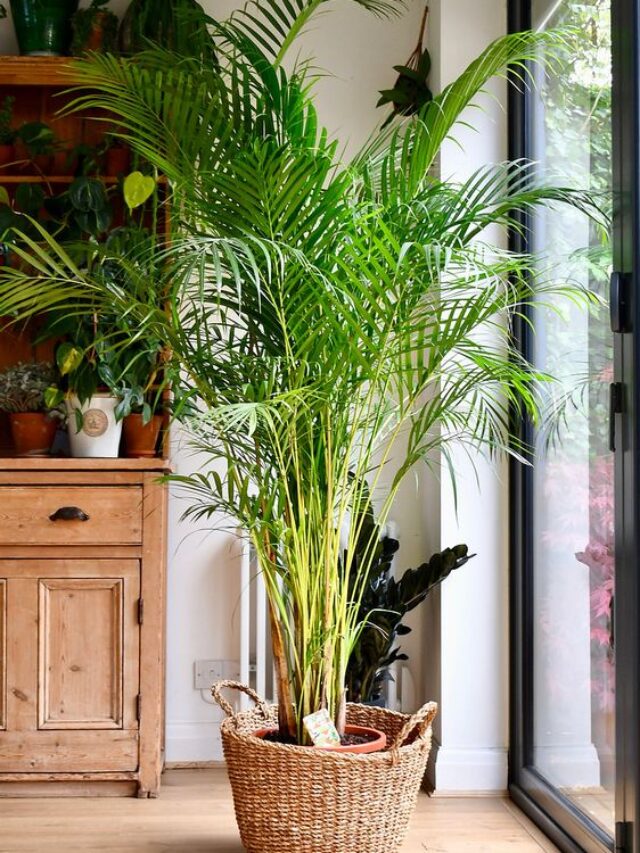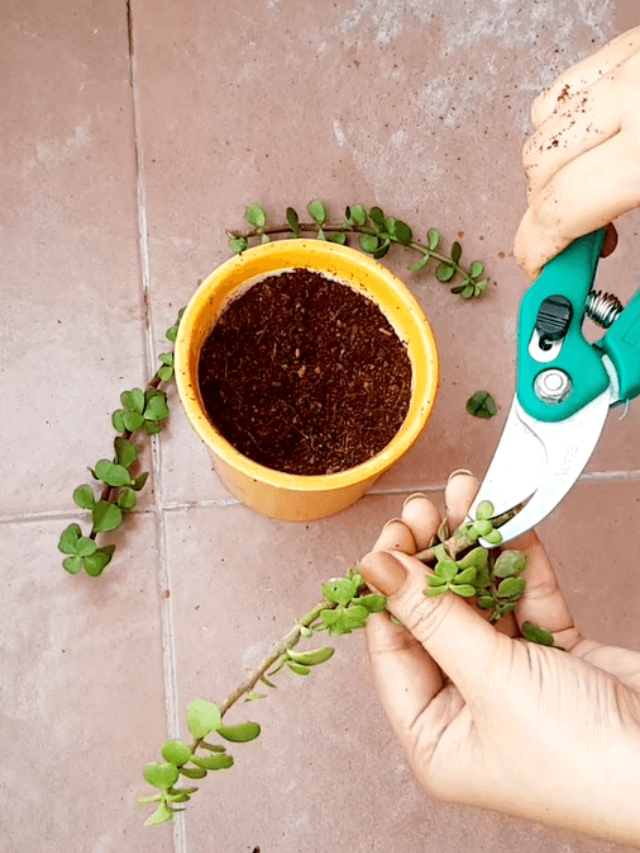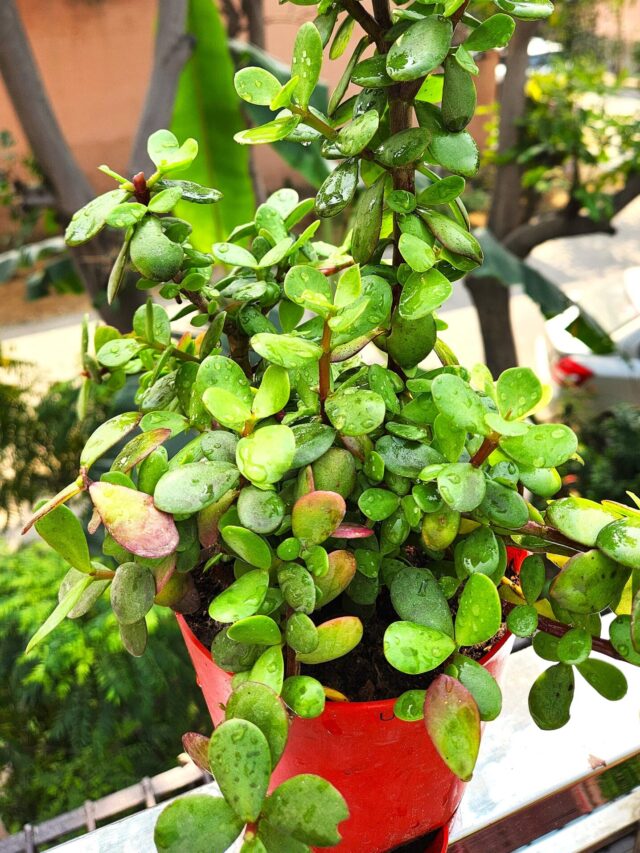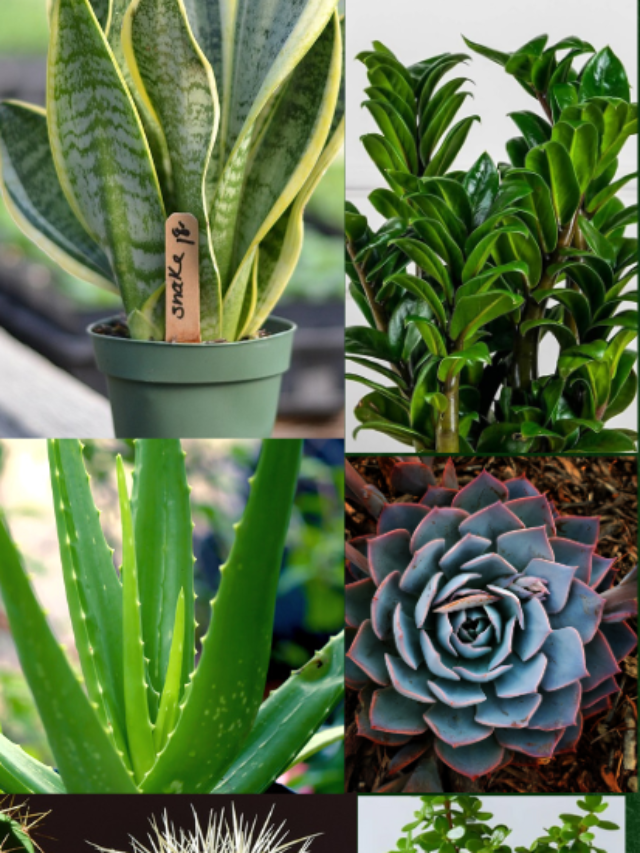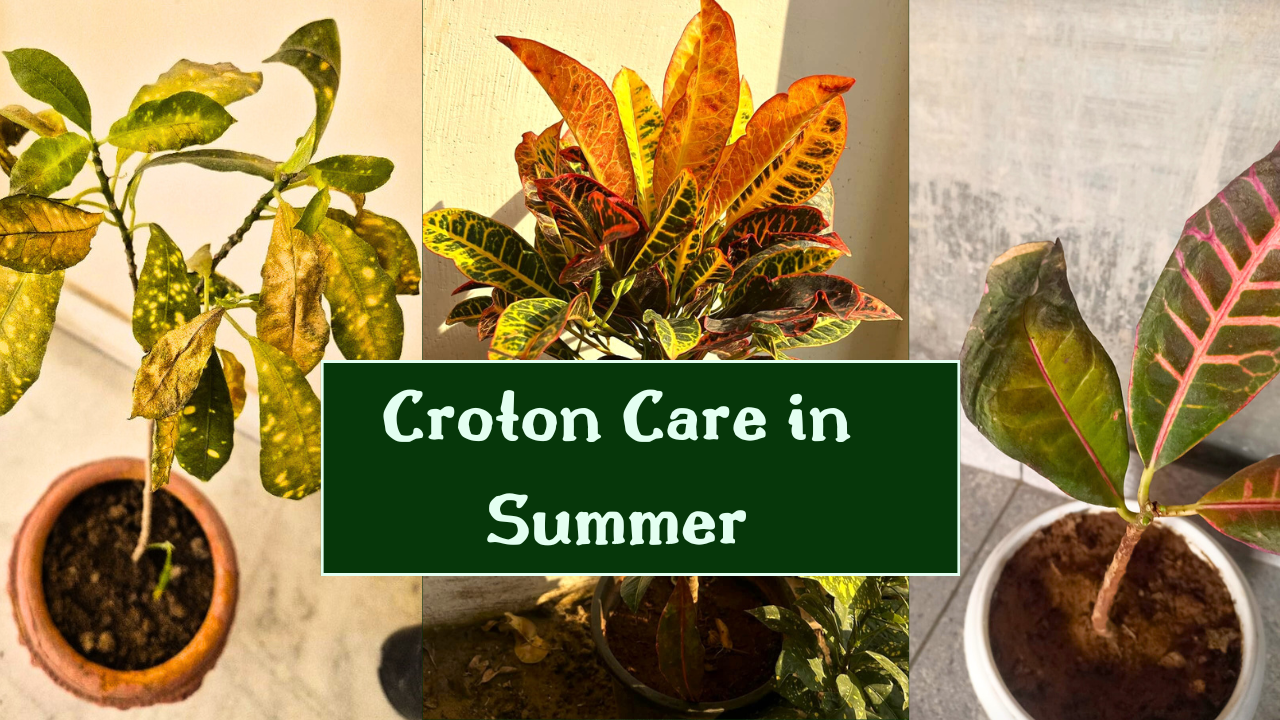Caring for your croton plant in summer is crucial to keep its vibrant foliage looking its best. Croton plant is known for their bold, colorful leaves, crotons add a tropical touch to any space. However, summer’s heat can be challenging for these beauties, so it is important to understand their needs to keep them healthy and thriving.

Understanding Croton Plant Needs
1. Sunlight requirements for Croton plant
Croton plants thrive in bright, indirect sunlight.
- During the summer, it is crucial to provide them with adequate light without exposing them to direct sunlight.
- However, remember that crotons cannot tolerate intense heat and sun. Intense afternoon sunlight can cause sunburn, dry out the soil, and dehydrate the plant.
If kept outdoors, ensure they are in a shaded area with dappled sunlight.
If keeping Croton indoor –
Find a spot in your home that receives the most light throughout the day.
- Avoid placing your croton in low-light conditions, as this will stunt its growth.
2. Watering tips for Croton plant
In the summer, Croton plant require consistent watering to maintain their vibrant foliage. The soil should be kept moist but not waterlogged.
- Water the plant thoroughly until water drains out from the bottom of the pot.
- However, they dislike sitting in water. Therefore, check the soil moisture with your finger before watering your croton.
- Water your Croton only when the top half-inch of the soil has dried out.

Signs of Overwatering and Underwatering
- Overwatering can lead to root rot, evident by yellowing leaves and a soggy base.
- Underwatering, on the other hand, results in dry, crispy leaves and leaf drop.
Note:
- Water early in the morning or late in the evening to minimize evaporation.
- Use room-temperature water and avoid splashing the leaves to prevent fungal issues.
3. Ideal Soil Mix for Croton plant
An ideal soil mix for crotons should be loose, lightweight, and well-draining.
- It is important to use soil that supports fast drainage, allowing excess water to flow out and preventing sogginess.
- When preparing potting soil for your croton, include elements like coco peat or perlite, sand and compost to enhance drainage.
4. Fertilizer Routine
During the active growing season in summer, Croton plants benefit from regular fertilization.
- Use a balanced, water-soluble fertilizer every two to four weeks.
- Organic fertilizers such as vermicompost, cow dung liquid compost, seaweed fertilizer can also be beneficial.
5. Avoid giving heavy fertilizer during extreme summer
During the extreme summer months, it is crucial to avoid heavy fertilization of your Croton plants.
- High temperatures can stress the plant, and applying too much fertilizer can further exacerbate this stress.
6. Pest Control
Summer can bring an influx of pests such as spider mites, aphids, and mealybugs.
- Regularly inspect your Croton plant for any signs of pest infestations.
- Use insecticidal soap or neem oil to treat affected plants.
Signs of Stress and How to Address Them
1. Leaf Drop
If your Croton plant is experiencing leaf drop, it could be due to inconsistent watering, low humidity, or temperature fluctuations.
- Adjust your care routine by ensuring regular watering, increasing humidity, and stabilizing temperatures around the plant.
2. Leaf Curling
Leaf curling can be a sign of underwatering or too much direct sunlight.
- Ensure the plant is getting adequate water and move it to a spot with bright, indirect light.
3. Yellowing Leaves
Yellowing leaves often indicate overwatering or poor drainage.
- Check the soil moisture and drainage conditions and adjust watering practices accordingly.
Dealing with Summer Stress
1. Remove Yellow or Dead Leaves
Remove any dead or yellowing leaves to encourage new growth and improve air circulation. Prune leggy stems to promote a bushier appearance.
2. Leaf Care
To maintain the vibrant colors of Croton leaves, regularly clean the leaves with a damp cloth to remove dust and enhance photosynthesis.
- Avoid using leaf shine products as they can clog pores and damage the leaves.
3. Hydration and Moisture
Apart from regular watering, ensure that the soil remains consistently moist but not soggy.
- Using a mulch layer can help retain soil moisture and reduce water evaporation.
By following these detailed care instructions, you can ensure that your Croton plant remains healthy, vibrant, and thriving throughout the summer. Proper attention to watering, light, soil, and pest control will allow your Croton to flourish and bring a burst of color to your home or garden.
Happy Gardening!
